Ever wonder why your lawn just doesn’t look as green or healthy as you’d like, even when you’re doing everything “right”? The answer might be hiding in your soil’s pH level. When the pH is off — especially if it’s too high — your grass and plants can’t absorb the nutrients they need to really thrive. That can lead to dull, patchy or even yellowing areas in your yard, no matter how much care you put in.
High soil pH can block important nutrients like iron and manganese — both key players in keeping your lawn green and strong. You might start noticing yellow spots, stunted growth or weak root systems, all of which point to an imbalance that’s quietly working against your lawn goals.
The good news? It’s totally fixable. Learning how to lower your soil’s pH or contacting an expert like TruGreen for help, gives your grass a better chance to soak up nutrients and grow lush and healthy. It’s a simple shift that can make a big difference in how your lawn looks and feels.
In this guide, we’ll walk you through how to test your soil, choose the right methods to bring the pH back into balance and make the most of TruGreen’s expert advice. From natural fixes to targeted treatments, you’ll learn exactly what to do — and how to do it — to get the vibrant, green lawn you’ve been dreaming of.


 Branch Finder
Branch Finder





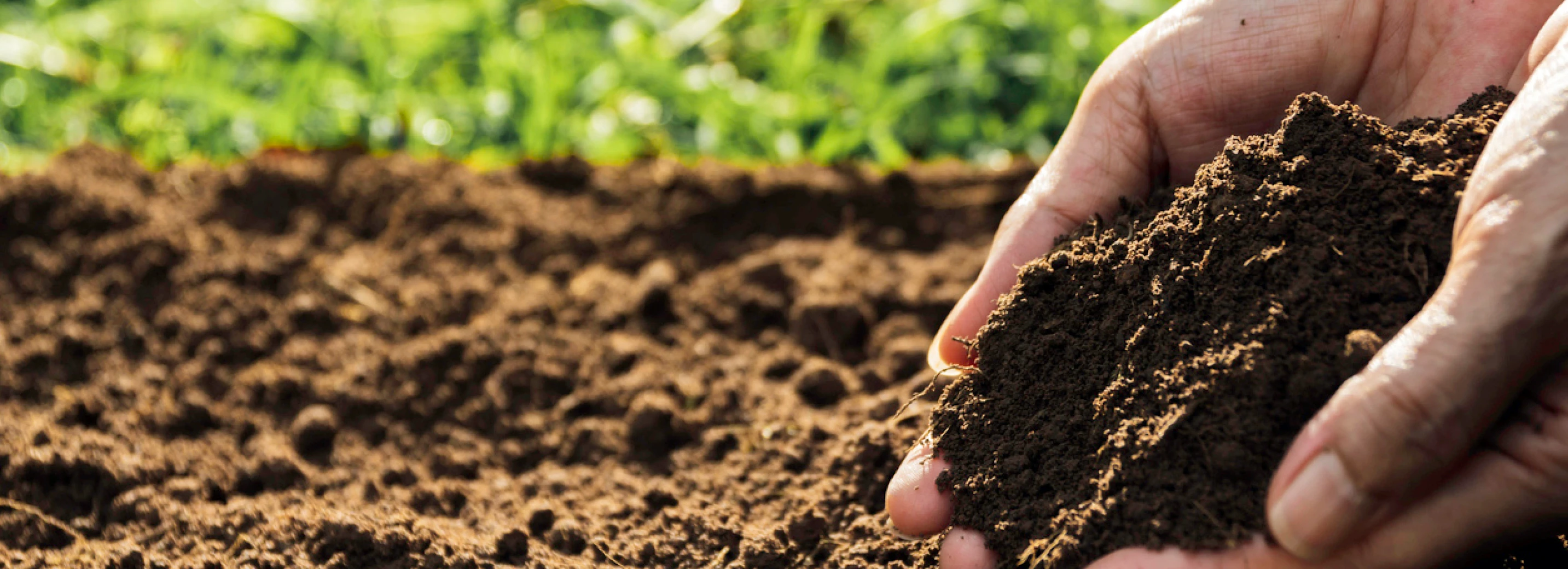




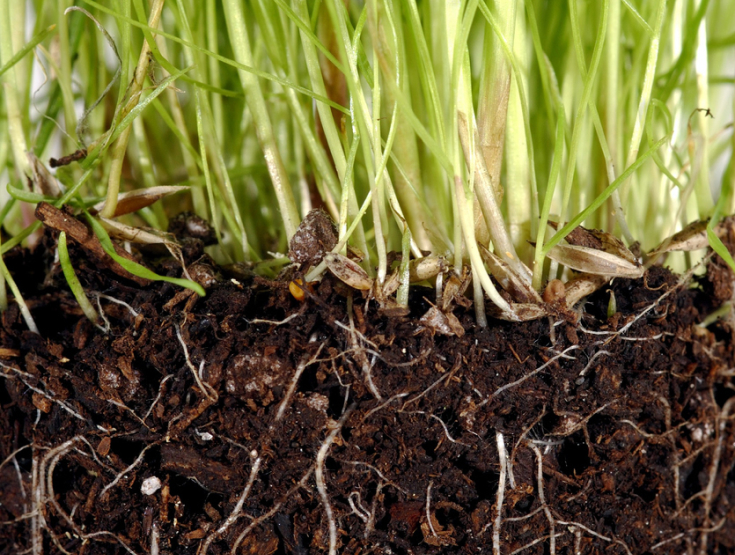
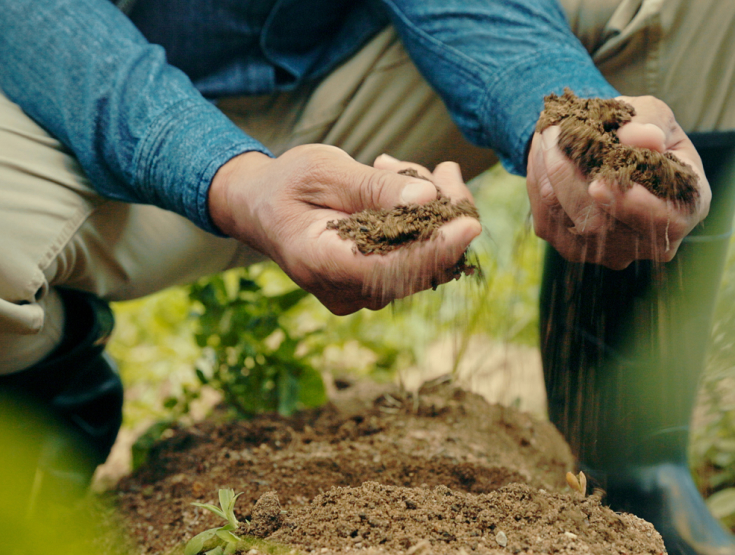
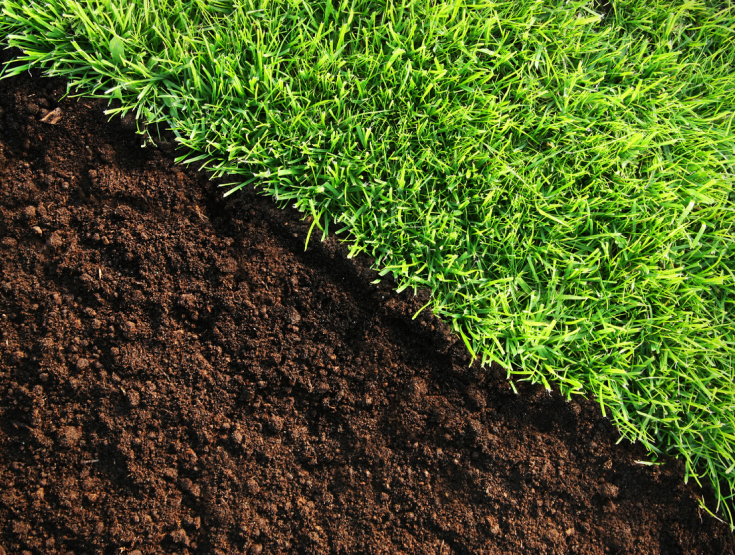
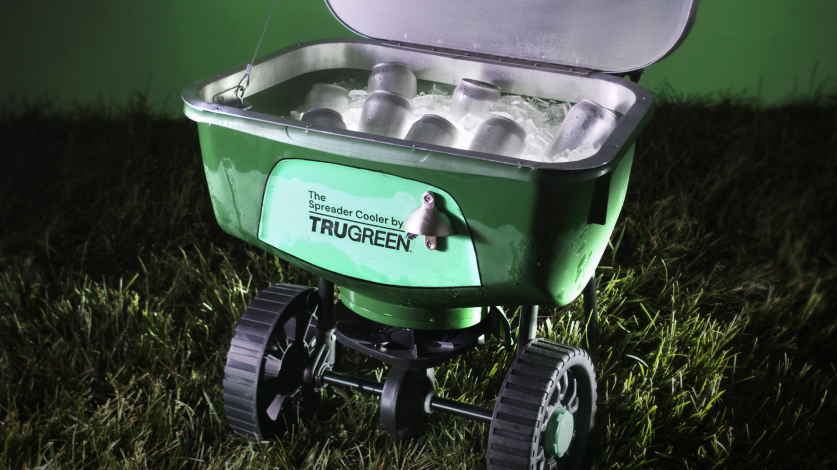
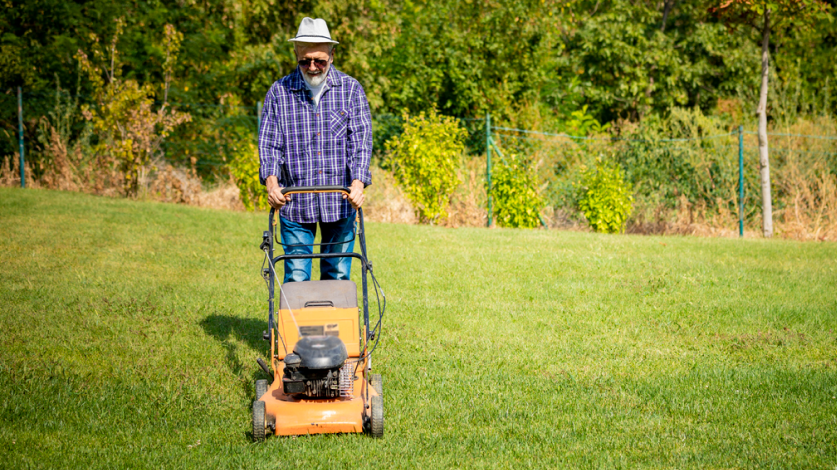

 Back to all blogs
Back to all blogs

Facebook
X
Youtube
Copy Link
Email